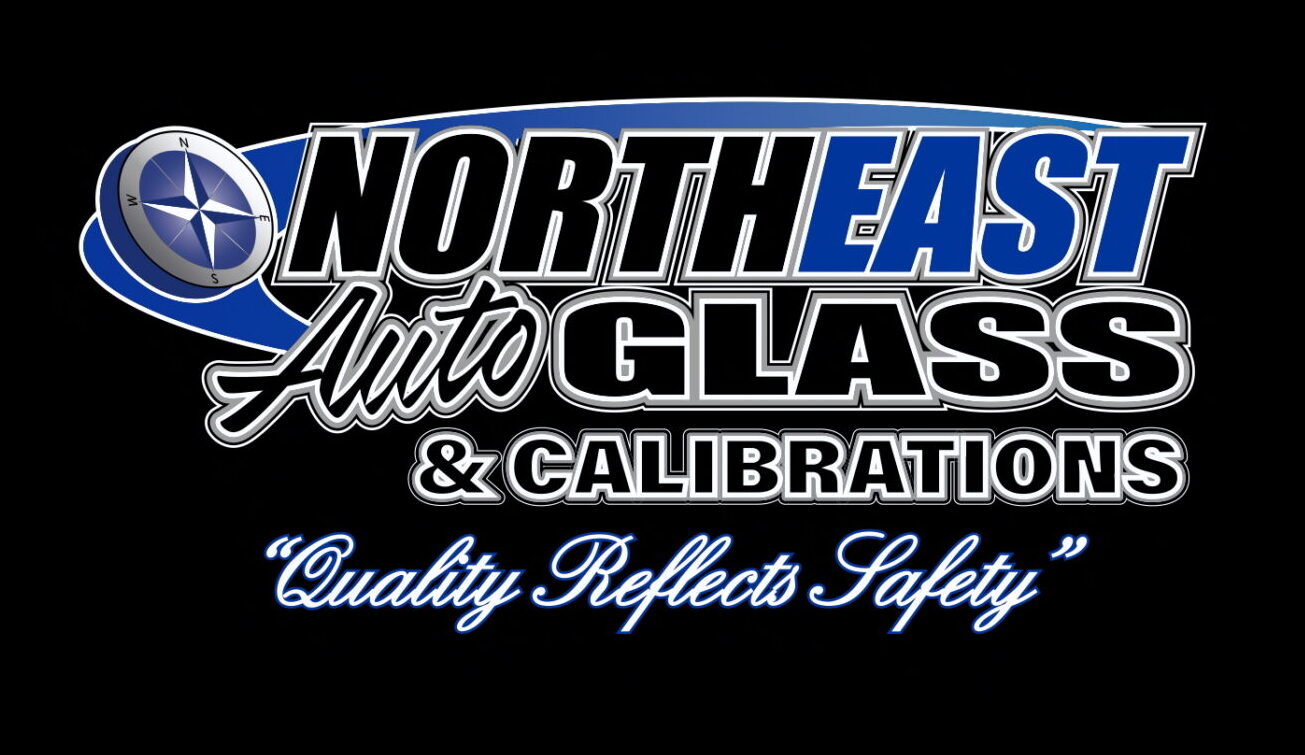Here’s a scenario we’ve experienced all too often: a client calls us after a windshield replacement from another company that does not do windisheld calibration, complaining that all of the dashlights are malfunctioning and Advanced Driver Assist Features (DAS) are not working.
After spending $425 to replace the new windshield, the client now has to spend another $250 with us to get it calibrated.
The problem here? The calibration is too low for an insurance deductible. This calibration process would have been done during our installation, saving the clientcash while incorporating it into that original insurance claim.
The lesson, of course, is that calibration is an essential part of replacing your windshield if you own a modern vehicle. Unfortunately, there are too many shops that offer unsuspecting customers cheap, aftermarket windshields that are not properly calibrated and end up requiring future calibration.
This guide will explain the importance of windshield calibration, including how it works, when it should be done, and whether your insurance will cover it.
Why Does My Windshield Need to Be Calibrated After Replacement?
Modern vehicles are equipped with an Advanced Driver Assistance System, which includes more than a dozen tiny cameras and sensors that detect objects on the road to assist drivers. ADAS is standard on all cars today and includes several important features drivers have come to rely on, such as:
- Adaptive Cruise Control (ACC)
- Lane Departure Warning (LDW)
- Lane Keeping Assist (LKA)
- Blind Spot Monitoring (BSM)
- Automatic Emergency Braking (AEB)
- Forward Collision Warning (FCW)
To function properly, each of these cameras and sensors needs to be positioned properly and coordinate with one another to get an accurate placement of objects around them.
Central to this configuration is your windshield, which is properly calibrated from the factory to work with your OEM parts and allow your ADAS system to function smoothly. Unfortunately, even just a small fraction of displacement can cause these systems to malfunction, putting your safety at risk.
That’s why ADAS calibration is required every time you replace your windshield. It’s essential to go to a windshield repair shop that offers ADAS calibration so you can drive safely and save money.
When Should My Windshield Be Calibrated?
In other situations, your windshield may need to be recalibrated after a repair or aftermarket upgrade of your vehicle. Some common instances include:
- Suspension replacement
- ADAS System Fault/Error Code
- Vehicle collision or accident
- Alignment issues detected
Types of Windshield Calibrations
Depending on whether or not you receive an in-shop or mobile windshield replacement, we may perform two types of calibrations–both of which are highly effective:
- Static Calibration: This is performed in a stationary setting, usually in a repair shop. Specialized targets are used to align the sensors without the need for driving.
- Dynamic Calibration: This requires driving the vehicle on the road under specific conditions. The system calibrates using live data from the road, such as lane markings and surrounding traffic.
How Long Does Windshield Calibration Take?
Windshield calibration typically takes between 30 minutes to 2 hours, depending on the type of calibration (static or dynamic), the vehicle’s make and model, and the extent of the damage or repair.
Will My Insurance Company Cover Windshield Calibration?
Your insurance company will cover windshield calibration as part of a repair or replacement service if you have comprehensive coverage. For many of our customers, this can save them hundreds of dollars, only paying a deductible to get their car back on the road again.
Who Does Windshield Calibration in NEPA?
Northeast Auto Glass offers windshield replacement and calibration services at our main shop in Wilkes-Barre and as part of our mobile repair van. We work with all major insurance companies and back all products with a lifetime warranty to ensure you are always protected. Contact us today for a quote or to learn more about how windshield calibration works.
FAQs
What is Windshield Calibration?
Windshield calibration is the process of adjusting the cameras and sensors associated with the vehicle’s Advanced Driver Assistance Systems (ADAS) after a windshield replacement or repair to ensure they function correctly.
Can I drive my car before calibration?
It’s best to avoid driving long distances before calibration. Misaligned sensors can cause ADAS features to malfunction, potentially leading to unsafe driving conditions.

